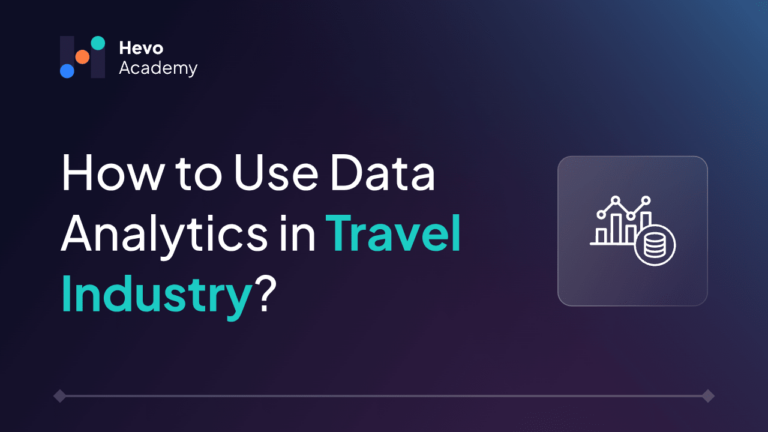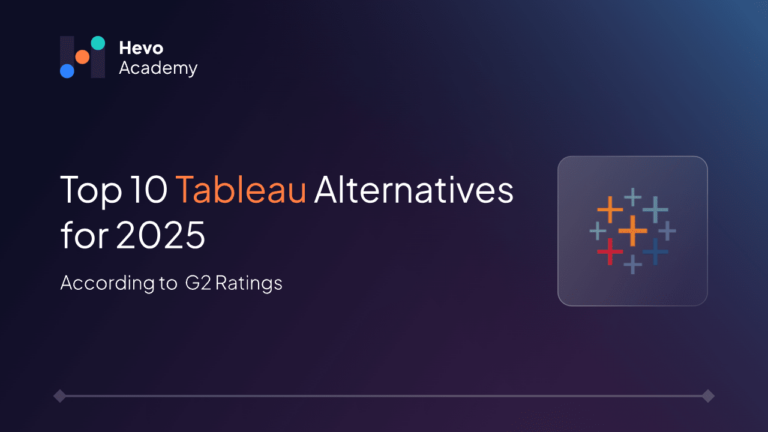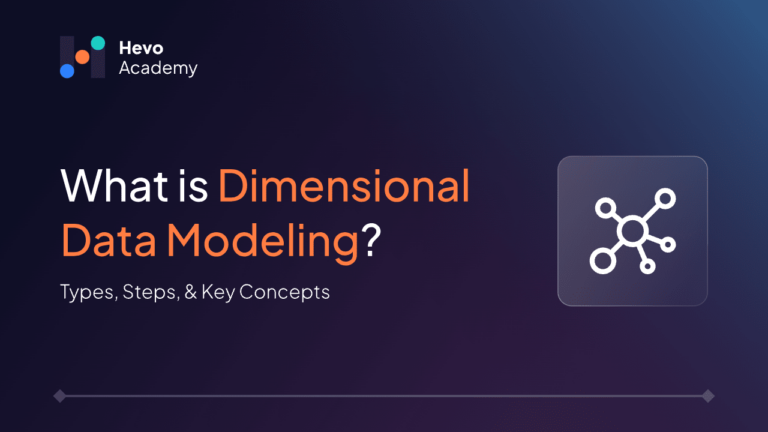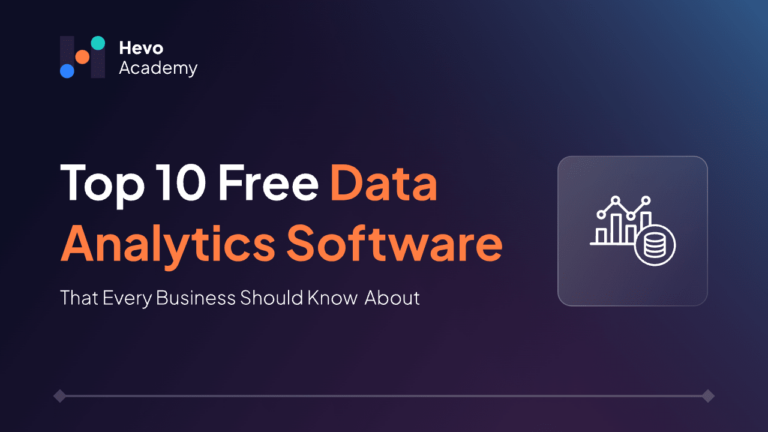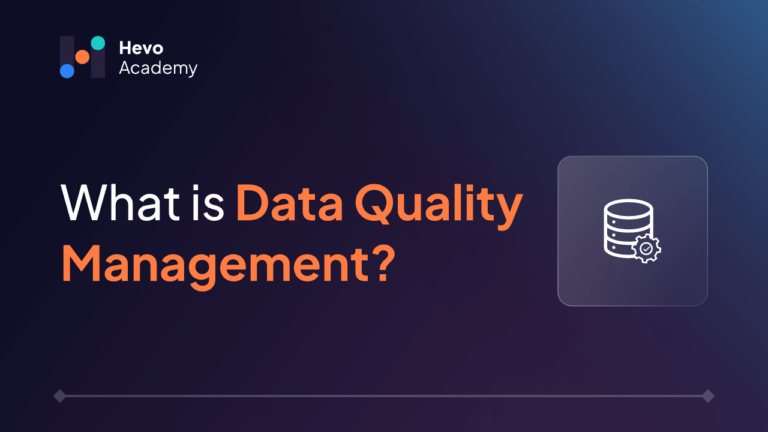The travel industry is changing fast, and data is leading the way. From making smarter business decisions to creating better experiences for travelers, data analytics is helping companies stay ahead. In fact, a recent Salesforce study found that 73% of business leaders believe data reduces uncertainty and helps them make better choices.
Table of Contents
For the travel world, this means understanding what travelers want, offering the right prices, and running operations smoothly. In this blog, we’ll look at what data analytics in travel industry is and how businesses can use it to create amazing journeys for their customers.
What is Data Analytics in Travel Industry?
The travel industry is expected to grow by 3.9% annually from 2025 to 2029, resulting in a market volume of $1,114 billion by 2029. There is a huge potential to tap into travel data, and use it for better customer experience and business growth. This is where data analytics comes into play.
Imagine planning your next trip, and your previous search and booking data is automatically used to suggest the top places to visit, hotels that match your preferences, and more. It creates a personalized itinerary, tailored just for you! That’s the power of data analytics—driving customer satisfaction and retention in the travel industry.
Types of Data in Travel Industry
Let us first explore the different types of data available in the travel industry that can be used for gaining useful insights:
- Customer data: It includes personal data provided by the user (e.g., name, age, country) as well as their travel preferences based on past bookings (e.g., destination, accommodation, activity choices)
- Clickstream data: It is a record of the actions a user takes on the online application, like a click or page navigation, along with the timestamp when the action was done. This captures user behavior and understands which destinations are being searched.
- Geographical data: This data holds the location and coordinates for a given destination or accommodation. It includes the hierarchy (e.g., neighborhood, city, state, country, continent) of where a place is located.
- Search data: It refers to the searches made by users on the travel application. It can include the flights, hotels or destinations that a user searched for, along with the time duration and preferences (e.g., Direct flights, Pet-friendly accommodations, Destinations with beaches).
- Booking data: This includes the details of the flight, hotel or destination that was booked, which dates they were booked for, the number of travelers, transaction amount, transaction date, number of days in which the booking was made, etc.
- Inventory data: This includes the inventory details, along with the supply and demand of a flight, hotel, or destination. It can include flight seat occupancy rate, hotel room availability, total number of each type of room, how many of them are available or booked, etc.
- Trends and Seasonality data: This refers to the popular destinations and their seasonal demand data. It includes data around the best months to visit a destination, trends (e.g., holidays, major sports events, concerts) that can affect a place’s demand, and how this can be used to tweak popular tour packages and provide promotional offers.
- Real-time data: This can include current weather data (e.g., heavy rains or storms) or major global events (e.g., COVID-19 pandemic), and how they can impact travel plans. It can also include traffic data to predict congestion and flight delays.
- Competitive data: This includes performance comparison with the competitors, and how it can be leveraged to improve pricing strategies and drive business growth, while gaining insights into global travel dynamics.
Use Cases for Analytics in Travel Industry
Let us now see some of the use cases specific to the travel industry, where this data can be useful:
- Personalized Marketing: Customer data like past travel bookings, search history, and clickstream events can be used to analyze their preferences, which can help create tailor-made tour packages, personalized recommendations, and special offers. This can drastically boost engagement and customer conversion rates.
- Demand Forecasting: Trends and seasonality data can be used to predict peak seasons for visiting a destination as well as demand surges and enable travel operators to better plan their inventory and pricing strategies.
- Dynamic Pricing: The historical and forecasted demand data can be leveraged to introduce dynamic pricing for flights, hotels and tour packages, thus increasing the revenue generated.
- Real-time Updates: Real-time data can provide customers with accurate updates on the destination they are visiting, traffic and congestion details, along with information on flight delays, cancellations and gate changes. This enhances the travel experience and improves retention.
Why is Data Analytics Important in the Travel Industry?
In this section, we will cover how data analytics can be used to benefit the travel industry:
- Improved Customer Experience: Personalized recommendations, real-time updates, and sentiment analysis from online reviews to identify pain points can significantly improve customers’ travel experience. This, in turn, increases the customer conversion and retention rate for the travel operator.
- Operational Efficiency: Trends, seasonality and demand data can be used to understand the occupancy rate of the inventory, and accordingly enhance their availability when there is an expected surge in bookings.
- Competitor Analysis: Global travel market data can be used to compare the performance of competitors, and benchmark the provided services and pricing, to gain a competitive edge.
- Fraud Detection: Data analytics on historical customer data can be used to detect unusual booking patterns or fraudulent activities, ensuring customer security and trust.
How to Approach Travel Data Analytics?
We can approach travel data analytics using the following steps:
- Define Objectives: First we need to clearly define the objectives – what we are looking to achieve from the analytics. For example, common objectives in the travel industry are to understand customer preferences, manage inventory, improve pricing strategy and personalize the marketing campaign.
- Data Collection: Next, we need to retrieve data from different sources like booking platforms, customer reviews, clickstream data from websites, loyalty programs, etc. We can also fetch data about customers’ demographics, travel behavior, and preferences based on their history.
- Data Cleaning and Integration: Once we have the data from multiple sources, we need to clean, standardize and consolidate it to ensure accuracy and consistency. Finally, we transform the data to create reliable insights.
- Segment Customers: We can further group our customer base as per their behavior, preferences or demography using clustering or segmentation techniques. It allows us to provide more personalized offerings, thus improving targeted marketing.
- Leverage Predictive Analytics: We can also deploy machine learning models to predict trends, such as demand surges, pricing fluctuations, and customer behavior. Predictive analytics can be immensely useful for dynamic pricing and inventory management.
- Enhance Customer Experience: We can further analyze customer feedback and behavior to implement recommendation systems, improve chatbots and personalize their experience better.
- Monitor Continuously: The travel industry is extremely dynamic and competitive. Even after we have a data pipeline in place, we need to keep a watch on the performance metrics continuously and tweak the processes to stay relevant and keep making better decisions.
What are the Data Challenges for the Travel Industry?
Data is the backbone of the travel industry but there can be several challenges that hinder effective data usage and analytics, such as:
- Data Silos: Travel data resides in numerous sources, like airlines, hotels, third-party booking platforms, etc. This can create silos between the systems, making it hard to integrate and analyze data in an organized manner.
- Data Quality: Poor data quality like duplicates, missing values, and outdated information affect the ability to extract meaningful information. Data must be cleaned and standardized to ensure that it is consistent, complete and accurate.
- Personalization at Scale: To deliver the right experiences to the customers, it is crucial to have accurate preferences, behavior, and demographic data. Handling this at scale can be very resource-intensive, especially for global organizations.
- Real-time Data Processing: A lot of travel decisions like bookings or cancellations happen in real time. Processing and analyzing such high volume and velocity of data, without latency, can be challenging.
- Data Privacy and Security: It is mandatory to comply with data protection regulations (like GDPR) since we are handling sensitive customer data (PII – Personal Identifiable Information) like their personal and payment details. Data privacy and security is essential to deal with cyber threats and maintain customer trust.
Why is Data Governance and Security Essential in the Travel Industry?
Implementing data analytics in the travel industry presents challenges, particularly regarding data governance and security. Protecting sensitive customer information is crucial for maintaining trust and complying with data protection regulations.
Given the large amount of sensitive customer and operational data in play everyday, we need to be mindful of data governance and security. The data might include personal information, payment details and travel itineraries, and hence can be a prime target for cyberattacks and data breaches.
We must follow the principle of least privilege while providing access, i.e. a user should be given the minimum level of access and permissions that is needed to perform their job. Compliance with GDPR and PCI DSS is mandatory to avoid legal penalties and reputational damage. Data encryption, secure transit network, and real-time monitoring protects customer trust and prevents financial loss.
Conclusion
Data analytics enables the travel industry to make informed business decisions and maximize revenue, while also creating the best customer experience. Using customer behavior, booking patterns and market trends, travel companies can offer personalized services, dynamic pricing and be more operation-efficient. But there are challenges like data silos, quality, governance and security that must be addressed through robust systems and technology. To stay competitive in today’s market, the travel industry has to leverage new tools like predictive analytics, AI and real-time data processing. By embracing these data driven strategies, the travel industry can create new opportunities, retain customers and move ahead of their competitors.
Frequently Asked Questions
1. What is data analytics in tourism?
Data analytics in tourism is the process of collecting and analyzing data related to traveler behavior, preferences and market trends in the travel industry. It can be used to determine the best pricing strategy, personalize services, improve customer experience, and improve operational efficiency using tools like predictive analytics and AI.
2. How do airlines use data analytics?
Airlines use data analytics to optimize operations, enhance customer experiences and maximize their revenue. They analyze booking patterns, pricing trends, and customer preferences to offer personalized services and offers. Real-time data can be used to predict congestion and flight delays, whereas predictive analytics can help with demand forecasting.
3. How can data analytics be used to improve tourism decision-making?
Data analytics improves tourism decision-making by efficiently utilizing the customer behavior, market trends and demand data. It is used to optimize market strategies, enhance customer experience, and allocate inventory efficiently. Demand forecasting, dynamic pricing and competitor analysis can help the tourism companies to make informed decisions and maximize their growth.

